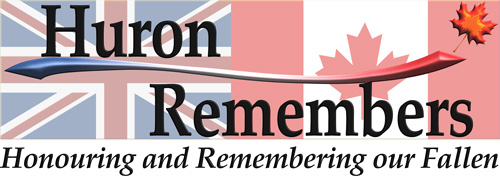Liberation of the Netherlands - an enduring story from the 8th Hussars
The legacy of good will between the people of the Netherlands and Canada is a story of friendship and kindness. Enjoy the story of the 8th Hussars and their role in nurturing good will during and after the end of World War Two.



